Retro Replay Review
Gameplay
Ultima II builds upon the foundations laid by its predecessor, delivering an expanded world that beckons players to explore. The introduction of larger town maps enhances the sense of scale, allowing for more intricate layouts and hidden nooks to discover. Whether you’re bartering with shopkeepers, gathering clues from NPCs, or delving into dank dungeons, the game’s world feels more alive and varied than ever before.
(HEY YOU!! We hope you enjoy! We try not to run ads. So basically, this is a very expensive hobby running this site. Please consider joining us for updates, forums, and more. Network w/ us to make some cash or friends while retro gaming, and you can win some free retro games for posting. Okay, carry on 👍)
The most significant innovation in gameplay comes from the time gates that transport your hero to different eras on Earth. From prehistoric landscapes teeming with dinosaurs to futuristic vistas laden with advanced machinery, each era presents unique challenges and puzzles. This time-travel mechanic not only adds diversity to exploration but also ties directly into the narrative, giving your quests additional weight and urgency.
Combat remains classic Ultima: turn-based encounters where positioning, equipment, and spell selection make all the difference. While the formula hasn’t changed dramatically from the first installment, the presence of era-specific monsters—ranging from Roman centurions to robot sentinels—helps keep each skirmish fresh. Key items are scattered across time, so you’ll find yourself retracing steps and solving interlinked quests to progress.
Puzzle design in Ultima II leans on environmental clues and dialogue hints. Expect to translate runic inscriptions in ancient temples and decode scientific logs in future settings. This gives the gameplay a rewarding cerebral component that complements the hack-and-slash encounters, ensuring that both your wits and your blade get a workout.
Graphics
By the standards of its era, Ultima II’s visuals are a notable step forward. The game employs a top-down tile-based view with a broader color palette, making towns and wilderness areas distinctly recognizable. Although still rooted in simplicity, the artwork conveys enough character to imbue each region—be it a medieval hamlet or a burning post-apocalyptic city—with personality.
Character sprites and monster designs are functional and distinct. While you won’t find lavish animations, the variety of creature types—skeletons, bandits, futuristic drones—ensures that iconography never feels stale. The graphical enhancements also extend to interface elements: menus are more organized, and context-sensitive icons guide you during combat and exploration.
Cinematic moments are rare but memorable. Time gate sequences, for instance, are accompanied by simple yet evocative animations that underscore the drama of era-jumping. These flourishes, though minimal, heighten the sense of embarking on a grand adventure across the ages.
If you’re accustomed to modern 3D renderings, Ultima II’s graphics will appear rudimentary. However, within the constraints of early 1980s technology, the game’s aesthetic choices effectively support its thematic breadth—from medieval mysticism to nuclear devastation—without sacrificing clarity or atmosphere.
Story
The narrative thrust of Ultima II is a marked escalation in scope. After the villain Mondain’s defeat in the first game, his apprentice and lover Minax turns her wrath toward Earth itself. By triggering a nuclear holocaust, she aims to erase your hero’s legacy. This cataclysmic premise elevates the stakes: you’re not merely saving Sosaria but striving to prevent the annihilation of humankind.
The inclusion of Lord British as your guide lends a familiar anchor to the unfolding chaos. His counsel and occasional direct intervention keep the storyline coherent even as you flit between epochs. Dialogue remains text-based but is peppered with humor and urgency, ensuring that each conversation advances both plot and worldbuilding.
Time-travel lore is handled with surprising depth. Each era feels like a chapter in a larger tapestry: solving a puzzle in ancient Rome might yield an item essential for thwarting a future warlord, while insights gained in a medieval abbey inform your strategy in the nuclear-ravaged 20th century. This interconnected storytelling rewards diligent note-taking and exploration.
While some narrative threads can feel episodic—certain side quests are more loosely tied to Minax’s grand design—the overarching drive to confront and defeat the Enchantress remains compelling. For players who revel in high-stakes fantasy interwoven with sci-fi elements, Ultima II’s plot offers an engaging blend of drama, suspense, and world-spanning intrigue.
Overall Experience
Ultima II successfully expands the Ultima formula, offering veterans and newcomers alike an ambitious adventure. The mix of classic RPG mechanics with innovative time-travel segments adds a layer of complexity that keeps gameplay sessions dynamic and unpredictable. Exploration never grows tedious when eras continually shift your objectives and environment.
The game’s difficulty curve can be steep, particularly in later epochs where powerful foes and cryptic puzzles abound. Inventory management and strategic use of spells become crucial, especially given the scarcity of healing items in certain time periods. Perseverance and careful mapping pay dividends, making each triumph feel hard-earned and memorable.
For retro gaming enthusiasts, Ultima II is a time capsule of early role-playing design. Its charm lies in the marriage of straightforward mechanics with grandiose storytelling. Although modern players might chafe at the lack of hand-holding and the occasional interface quirk, those willing to immerse themselves in its world will find a richly layered experience.
In sum, Ultima II: The Revenge of the Enchantress is a worthy sequel that broadens the series’ horizons without forsaking its roots. Its blend of exploration, combat, and time-spanning narrative offers a compelling journey that still resonates with RPG aficionados seeking a taste of gaming history.
 Retro Replay Retro Replay gaming reviews, news, emulation, geek stuff and more!
Retro Replay Retro Replay gaming reviews, news, emulation, geek stuff and more!
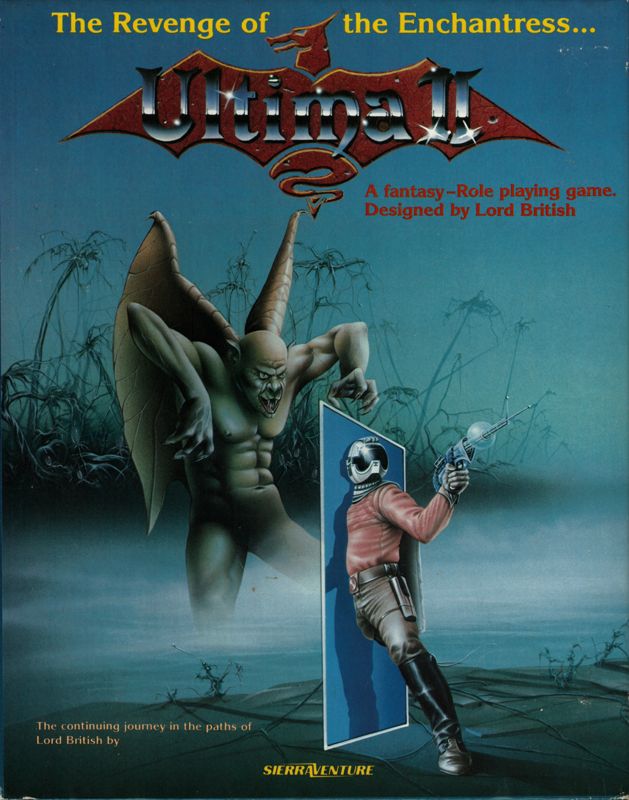
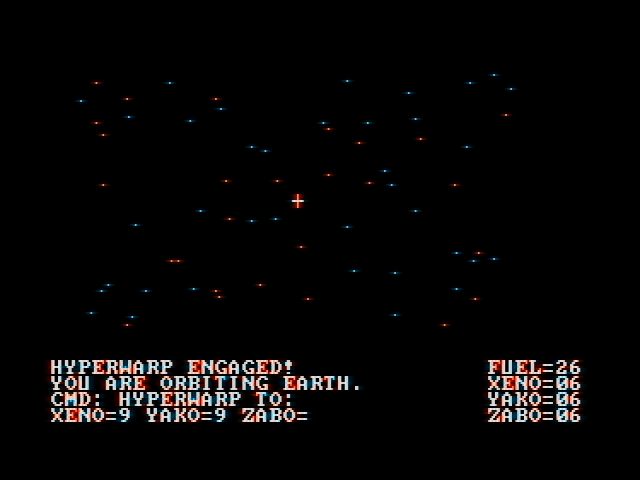
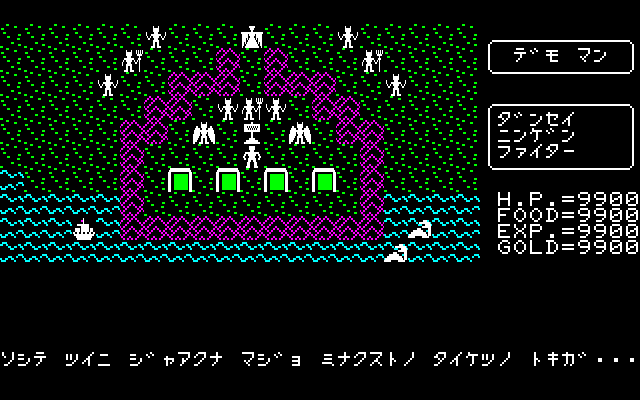

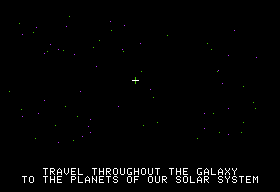
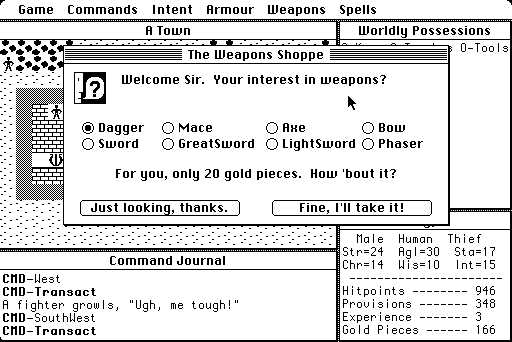



Reviews
There are no reviews yet.